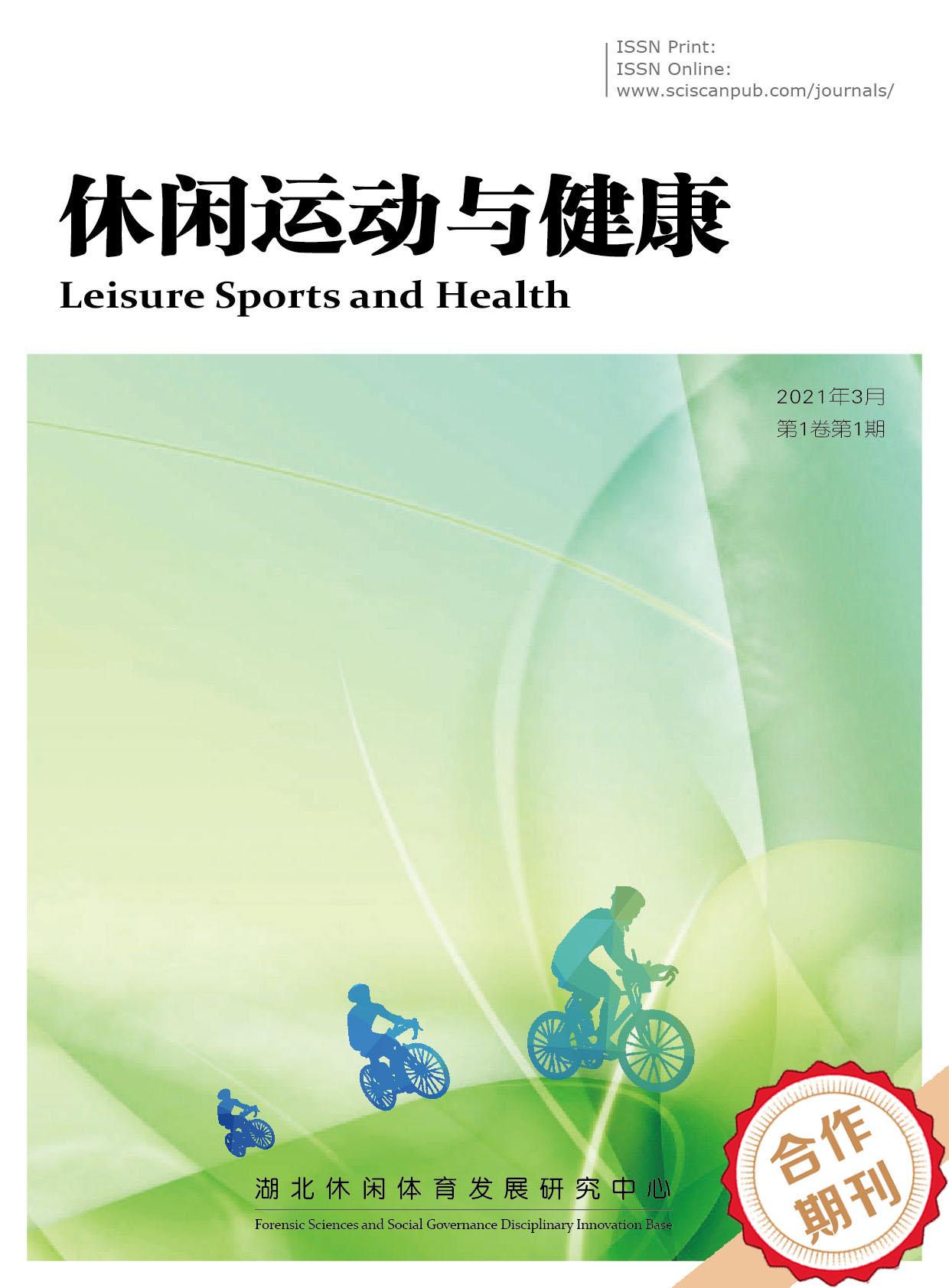Leisure Sports and Health
ISSN Print:2710-0154
ISSN Online:2710-0162
Contact Editorial Office
Subscribe to the latest published information from SCISCAN
不同速度运动表象训练对屈肘最大力量表现的影响研究
A Study on the Influence of Motor Imagery Training at Different Speeds on the Maximum Strength of Elbow Flexion
- Authors: 陈峰 黄志剑
-
Information:
湖北大学体育学院,武汉
- Keywords: 运动表象训练;最大力量
- Motor imagery; Maximum strength
- Abstract: 本研究旨在探讨不同速度的运动表象对运动者屈肘最大力量的影响差异,寻找适用于提升最大力量表现的表象方式,并探究不同速度的运动表象之间可能存在的功能差异。研究采用4个组别×2次测试的混合实验设计,通过对79名被试者进行随机分组,分为慢速组(n=19)、真实速度组(n=19)、快速组(n=22)及对照组(n=19)。实验分为屈肘力量前测、表象训练及屈肘力量后测三个部分。结果显示,干预后真实速度组和快速组的力量表现显著增加(p<0.01),而慢速组和对照组的前后测差异不显著。比较不同速度组别前后测的屈肘最大力量变化量发现,组间变化量差异显著(p<0.01),具体而言,快速组(p<0.01)和真实速度组(p=0.01)的屈肘最大力量增长量显著高于对照组,其他组别间的屈肘力量增长量差异不显著。结论:(1)进行真实速度和快速的运动表象训练能有效提升被试者的力量表现;(2)在使用不同速度的运动表象训练时,被试者对表象内容的功能理解存在差异。
- The purpose of this study is to explore the difference of the influence of motor imagery with different speeds on the maximum power of the exercisers, to find the image mode suitable for improving the performance of maximum power, and to explore the possible functional differences between motor imagery with different speeds. A mixed study design of 4 groups×2 tests was adopted. 79 subjects were randomly divided into slow group (n=19), real speed group (n=19), fast group (n=22) and a control group (n=19). The experiment is divided into three parts: pretest of elbow bending strength, image training and post-test of elbow bending strength. The results showed that the strength performance of the real speed group and the fast group increased significantly after the intervention (p<0.01), while there was no significant difference between the slow speed group and the control group. Comparing the changes in the maximum strength of elbow flexion measured before and after the members of different speed groups, it was found that the changes between groups were significantly different (p<0.01). Specifically, the growth of the maximum strength of elbow flexion in the fast group (p<0.01) and the real speed group (p=0.01) was significantly greater than that in the control group, while there was no significant difference in the growth of elbow flexion strength between the other groups. Conclusion: (1) Real speed and fast motor image training can promote the strength performance of the subjects; (2) When using different motor imagery training speeds, subjects have different functional understandings of the content of imagery.
- DOI: https://doi.org/10.35534/lsh.0402015
- Cite: 陈峰,黄志剑.不同速度运动表象训练对屈肘最大力量表现的影响研究[J].休闲运动与健康,2024,4(2):86-92.














